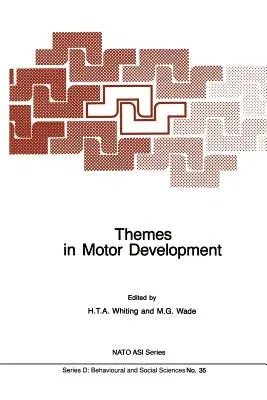Themes in Motor Development (Softcover Reprint of the Original 1st 1986)Paperback - Softcover Reprint of the Original 1st 1986, 30 September 2011

Qty
1
Turbo
Ships in 2 - 3 days
In Stock
Free Delivery
Cash on Delivery
15 Days
Free Returns
Secure Checkout
Part of Series
NATO Science Series D:
Part of Series
NATO Science Series D: (Closed)
Print Length
372 pages
Language
English
Publisher
Springer
Date Published
30 Sep 2011
ISBN-10
9401084866
ISBN-13
9789401084864
Description
Product Details
Book Edition:
Softcover Reprint of the Original 1st 1986
Book Format:
Paperback
Country of Origin:
NL
Date Published:
30 September 2011
Dimensions:
23.39 x
15.6 x
2.06 cm
ISBN-10:
9401084866
ISBN-13:
9789401084864
Language:
English
Location:
Dordrecht
Pages:
372
Publisher:
Weight:
548.85 gm

